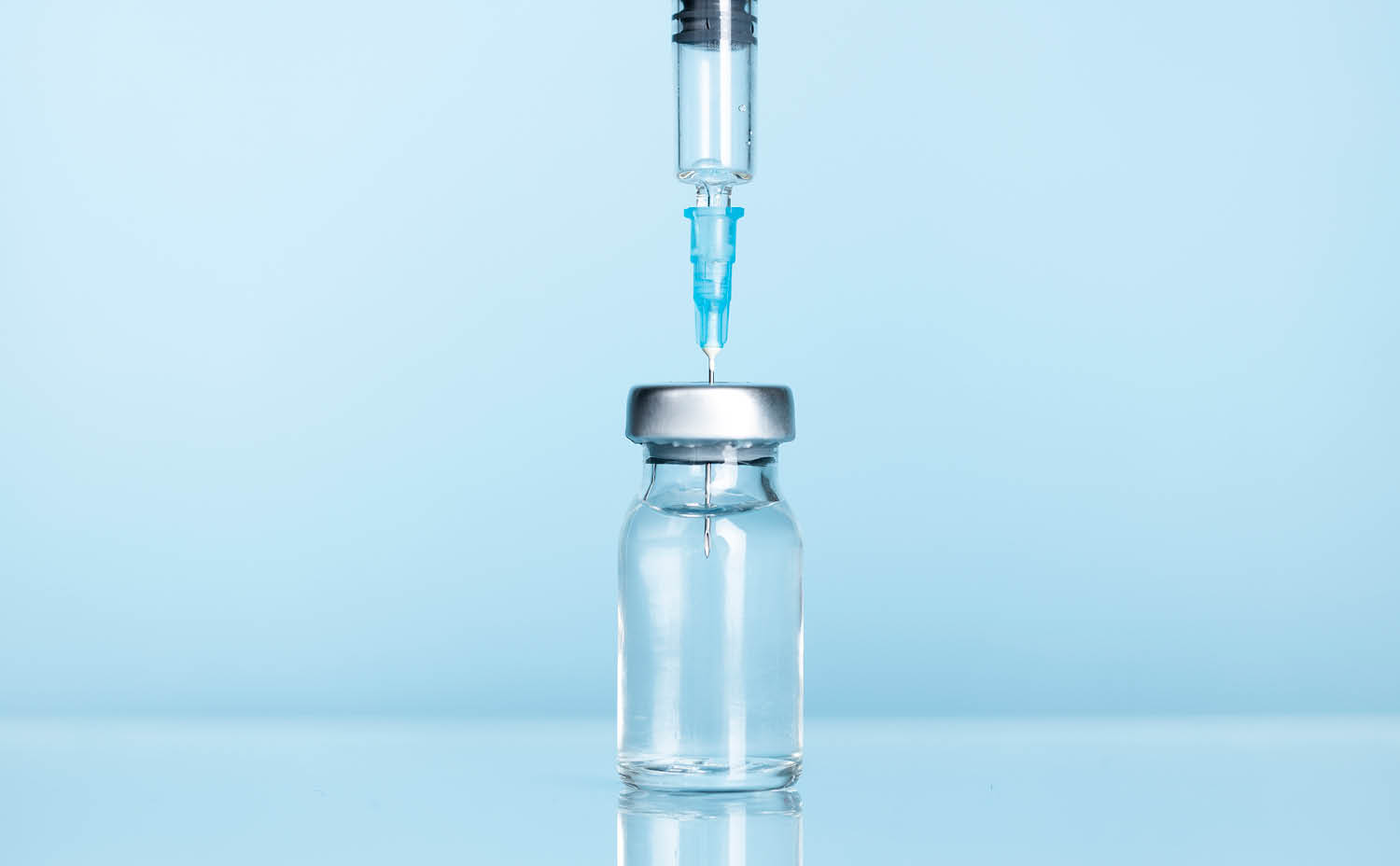Medically reviewed by Dr. Jordan Pinsker, Vice President & Medical Director, Tandem Diabetes Care.
Hypoglycemia and hyperglycemia are the severe ends of the spectrum of glucose. “Hypo” is related to low blood glucose levels, while “hyper” refers to high blood glucose levels. People who are living with type 1 diabetes (T1D) will ultimately at times experience both of these extremes while trying to maintain a healthy blood sugar range.
“It’s important to understand that with type 1 diabetes, things don’t always go as planned and having high and low blood sugars is part of the day-to-day management,” said Dr. Jordan Pinsker, vice president and medical director of Tandem Diabetes Care, who is also a leading pediatric endocrinologist. “It’s important to not get frustrated and to be prepared to treat both high and low blood sugars.”
What’s the Difference Between Hypoglycemia and Hyperglycemia?
Hypoglycemia occurs when blood sugar levels are low, typically below
70 mg/dL (milligrams per deciliter). Conversely, hyperglycemia — levels at or above 250 mg/dL — occurs when there are elevated blood glucose levels.
To understand why and how each condition develops, it is important to first understand how glucose and insulin interact to work in tandem within the body.
What is Glucose?
Blood glucose, also known as blood sugar, is how energy is stored for the body to use as fuel. It is either stored in the liver until it is needed, or it metabolizes in the body’s cells with the use of the hormone insulin. Think of glucose as being the fuel necessary to do all the incredible things the body can do.
What is Insulin?
Insulin is the hormone in the body that allows glucose to enter the cells and metabolize into energy. Pinsker describes insulin as the “key to a locked door” that opens the door to the cells in the body and allows glucose to enter the cells. Glucose is then converted into energy.
“Your body is always asking for energy,” Pinsker explained. “In order to use that energy, glucose needs to enter your cells. Insulin helps this process happen, which serves as the key to unlock the door to your body’s cells.”
Someone living with type 1 diabetes, once referred to as juvenile diabetes, is unable to produce any or enough insulin. Type 1 diabetes is an autoimmune condition and treatment requires a daily regimen of insulin therapy.
Someone living with type 2 diabetes, sometimes categorized as insulin-resistant diabetes, does not use the insulin their body makes efficiently and must either supplement with a healthy lifestyle, medication, and sometimes insulin therapy.
Because glucose levels fluctuate constantly during the day — based on factors like food intake, rest, exercise, etc., — it is important for someone with diabetes to always be aware of their blood glucose levels.

What is Hypoglycemia?
Hypoglycemia occurs when blood sugars are low. These low blood sugars do not correct themselves alone and require attention to be brought back up into a safe range. Hypoglycemia, or low blood sugar, can range from mild to severe.
Note: The following symptoms may not be an indication of hypoglycemia for all individuals. Please consult a healthcare professional for further information.
Signs and Symptoms of Hypoglycemia
Initial symptoms of hypoglycemia could include:
- Shaking
- Headache
- Hunger
- A light-headed or “woozy” feeling
- Sweating
As the symptoms progress, they can become more severe. These include:
- Confusion
- Blurred vision
- Seizures
- Passing out
How do you Treat Hypoglycemia?
There are varying degrees of hypoglycemia. But it is generally accepted in the medical world that if levels drop below 70 mg/dL then that is considered low blood sugar.
First, check blood glucose levels using a glucose meter. If glucose levels aren’t too low, begin with fast-acting carbohydrates, like juice or candy (keep track of intake by monitoring food labels). Glucose tablets or glucose gel are also good options. Remember that liquid glucose is absorbed faster than solid glucose and that 15 grams of carbohydrates is a small amount of food.
Continue to check levels every 15-20 minutes. Be patient and keep track of how many carbohydrates are consumed to avoid a rebound spike in levels.
If the person is unconscious, an emergency glucagon kit can be used to administer glucagon. (Note, glucagon can cause vomiting, so make sure the person is in a safe position on their side.) If glucagon isn’t available, call 911. Severe hypoglycemia is a medical emergency that could be life-threatening.
When to Consult a Doctor for Hypoglycemia
If you believe you are experiencing a medical emergency, consult with a trained medical professional immediately. Caregivers or parents of someone with type 1 diabetes should watch for subtle signs of hypoglycemia such as confusion, light headedness, sweating, or headaches.
“Immediate treatment is needed if low blood sugar is causing symptoms,” Dr. Pinsker said. “It is important to always be prepared with extra carbohydrates and emergency supplies to treat low blood sugars when they occur.”
What is Hyperglycemia?
Hyperglycemia occurs when blood sugars are high, and they must be lowered into a safe range. Hyperglycemia can range from mild to severe.
Note: The following symptoms may not be an indication of hypoglycemia for all individuals. Please consult a healthcare professional for further information.
Signs and Symptoms of Hyperglycemia
Initial symptoms of hyperglycemia could include:
- Headache
- Fatigue
- Impaired vision
- Excessive thirst
- Increased urination
As the symptoms progress, they can become more severe. These include:
- Difficulty breathing
- Fruity-scented breath
- Confusion
- Weakness
- Nausea/vomiting
- Abdominal pain

How do you Treat Hyperglycemia?
The first step is to determine why blood sugars are high. Were carbohydrates taken without an insulin dose? In that case, an extra dose of insulin may be needed. Also consider what other activities were happening. If exercising, that may help bring down blood sugar.
“Sometimes, even with the best planning, a high blood sugar occurs, and an extra dose of insulin is needed,” Pinsker said. “If you are using an automated insulin delivery system, please remember the system is going to give you extra insulin, so consider that when choosing the amount of insulin you might give.”
For repeated high blood sugars (generally above 300 mg/dL that are not going down, even with an extra dose of insulin), or severe symptoms of high blood sugar, such as nausea, abdominal pain or vomiting, check for ketones in the blood or urine.
When insulin is not present or not working well enough, and the body cannot absorb enough glucose, the body will try to use an alternative fuel source for energy, such as fat. Breaking down fat leads to ketones, which can make the blood acidic and can create a very serious illness.
When to Consult a Doctor for Hyperglycemia
If ketones are present, and symptoms persist, this could lead to diabetic ketoacidosis (DKA), which requires emergency medical treatment. Pay special attention to nausea, vomiting, and abdominal pain.
“It is very important that all individuals with T1D have a sick-day plan that they have reviewed with their doctor and care team,” explained Pinsker. “This should include when to check for ketones, how much extra insulin to give if ketones are present, how much — and what — to drink for hydration, when to change out your insulin pump site and give a backup injection if using an insulin pump.”
Unless otherwise noted, all medical information was provided by Jordan Pinsker, MD, and Molly McElwee Malloy, RN, CDCES of Tandem Diabetes Care, Inc.